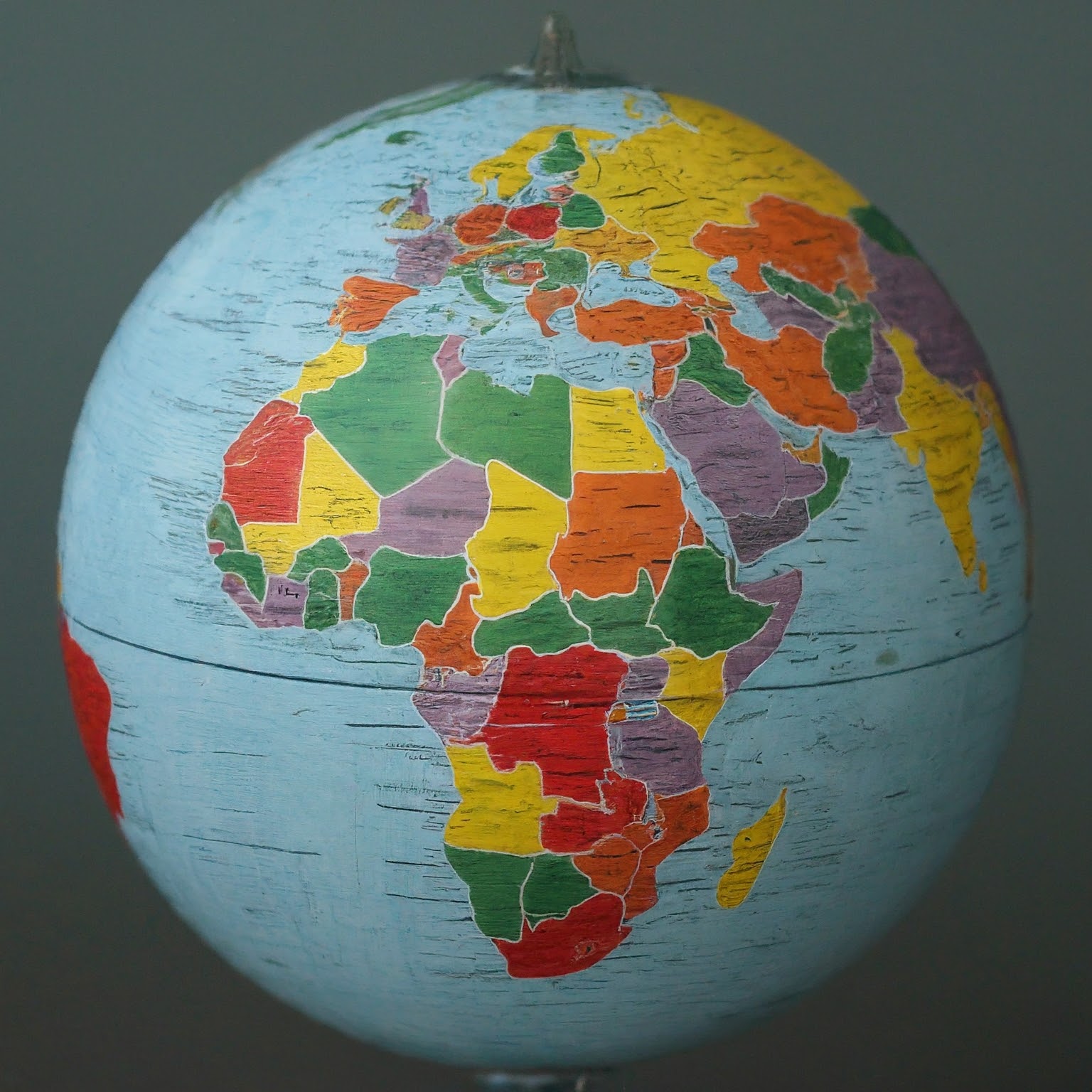In today’s interconnected world, international communication has become an essential part of our lives. Whether for business, personal, or educational purposes, understanding international dialing codes is crucial for staying connected with people across the globe. This comprehensive article will delve into the significance of international dialing codes, their history, and how to use them effectively.

What is an International Dialing Code?
An international dialing code is a unique numerical identifier assigned to each country by the International Telecommunication Union (ITU). It serves as a prefix that must be dialed before the local phone number when making international calls to a specific country. This standardized system ensures that calls are correctly routed to their intended recipients.
The History of International Dialing Codes
The concept of international dialing codes emerged in the early 20th century as international telecommunications networks began to expand. The ITU recognized the need for a standardized system to facilitate global connectivity and prevent confusion. In 1929, the ITU introduced the first set of country codes, which have since evolved and expanded to accommodate the growing number of countries and regions.
The Structure of International Phone Numbers
An international phone number typically consists of three main components:
- International Access Prefix: This is the sequence of numbers used to signal that you are making an international call. It varies depending on your location and phone service provider. In most cases, it is a plus sign (+).
- Country Code: The country code is a unique numerical identifier assigned to each country by the ITU. It indicates the destination country for your call.
- National Number: This is the local phone number within the specific country you are calling. The format of the national number may vary depending on the country’s numbering plan.
Understanding Country Codes
Country codes are typically two or three digits long. Some examples of common country codes include:
- United States: +1
- United Kingdom: +44
- Canada: +1
- China: +86
- India: +91
- Russia: +7
- Japan: +81
- Germany: +49
- France: +33
- Brazil: +55
International Dialing Examples
To make an international call, you would generally dial the following sequence:
- International Access Prefix: +
- Country Code: For example, +1 for the United States
- Area Code: If applicable, the area code within the country
- Local Phone Number: The seven-digit local phone number of the recipient.
For instance, to call a phone number in New York City, you would dial +1 212 [local phone number].
Tips for International Calling
- Check Time Zones: Be mindful of time zone differences to ensure you’re calling at a convenient time for the recipient.
- Confirm the Correct Number: Double-check the phone number to avoid dialing errors.
- Consider Calling Costs: International calling rates can vary depending on your phone service provider and the destination country.
- Use a Reliable Connection: Ensure you have a strong signal to avoid dropped calls.
International Calling Services
There are various services available to make international calls, including:
- VoIP Services: These services use the internet to transmit voice calls, often offering lower rates than traditional phone lines.
- Calling Cards: Prepaid calling cards can be purchased to make international calls at a fixed rate.
- Mobile Phone Plans: Many mobile phone plans include international calling minutes or roaming packages.
The Future of International Phone Numbers
With the advancement of technology, the way we communicate internationally is constantly evolving. The emergence of VoIP and other innovative technologies is expected to further simplify international calling and make it more accessible to everyone.
Conclusion
Understanding international dialing codes is essential for staying connected in today’s globalized world. By following the guidelines outlined in this article, you can effectively make international calls and communicate with people from around the globe.